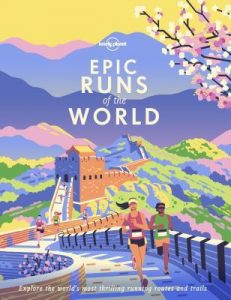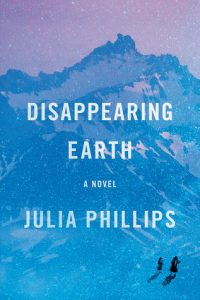 How’s the baking situation going on with you? Have you started a sourdough starter yet? Baked banana bread (or peanut butter bread)? I don’t know about you, but stress baking has reared its beautiful head and filled my house with bread! This post is going to be quite focused on one croissant recipe by a very famous bakery and me trying it out (though I think they’re more famous for their sourdough bread & recipe books than their croissants, to be honest): Tartine.
How’s the baking situation going on with you? Have you started a sourdough starter yet? Baked banana bread (or peanut butter bread)? I don’t know about you, but stress baking has reared its beautiful head and filled my house with bread! This post is going to be quite focused on one croissant recipe by a very famous bakery and me trying it out (though I think they’re more famous for their sourdough bread & recipe books than their croissants, to be honest): Tartine.
Have you heard of Tartine? It’s a bakery in San Francisco with a bit of a cult following among home bread bakers from what I have seen online. You might have heard reference made to their bread books in a reverential hushed whisper, or perhaps gushing enthusiasm that you’ll find might be hard to put a stop to once your conversation partner starts to go off on which breads they either want to make from the book (all of them) or which ones they’ve tried and how they came out (BEAUTIFUL CRUMB, LOOK AT THAT EAR, DELICIOUS BEYOND WORDS is the general tone – I have baked no Tartine sourdough recipes as of yet, but I can gush about Sullivan Street Bakery’s sourdough recipes, also high hydration, which have never led me astray; oh wait, I already have). I’ve personally mostly seen references to Tartine No.3*, which goes beyond the basics by focusing on specific grains outside of the generic bread flour or whole wheat flour you might find at your local grocery store. I’ll hook you up with some of the Tartine bread recipes below the cut sourced from the web, but we’re actually not here to discuss those sorts of carbs. No, we’re here today to talk about the buttery, flaky carbs that can be none other than the elegant and yet oh-so deceptively simple croissant. In fact, Prueitt, the author of this Tartine book, notes:
The real test of perfection is in the basic unadorned croissant, however… The cross section of a perfectly made croissant should have a center like honeycomb, with a discernible swirl pattern and a buttery, wheat-y, lightly-yeasted scent. The outside should be shatteringly crisp, contrasted with a center that is pillowy soft (Prueitt, Tartine: A Classic Revisited)
True that, Prueitt.
I’ve made my way through a number of different croissant recipes at this point, and if anyone’s interested in figuring out which to try depending on what you’re looking for in your croissants (flakiness? bread-like fluffiness?), leave a comment below and I’ll get back to you, but I’ll try to focus mostly on the one included in the new Tartine book** available on Hoopla in this post, which also has recipes for croissant variations (yes, this means you too can make their morning buns!), cakes, doughnuts, pies, and more! If stress-baking is your jam, 1) ME. TOO.; and 2) Tartine (and Hoopla) have got you covered.

